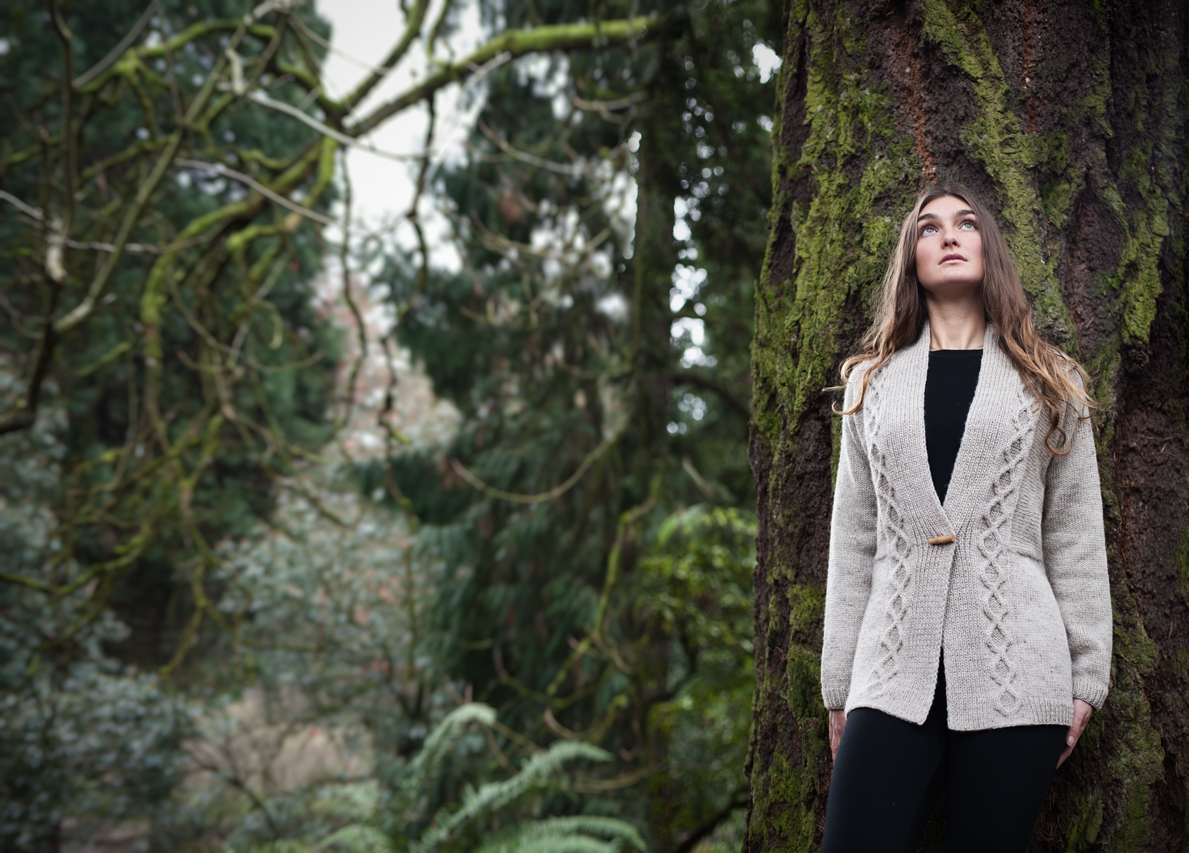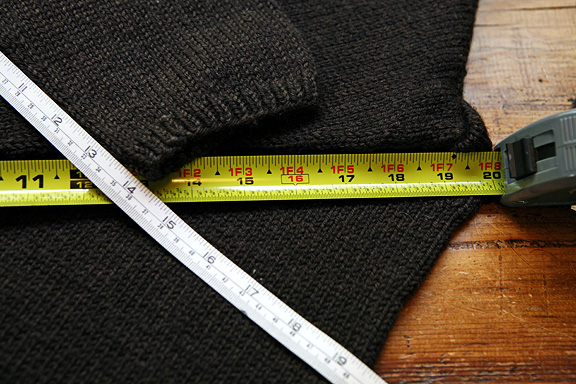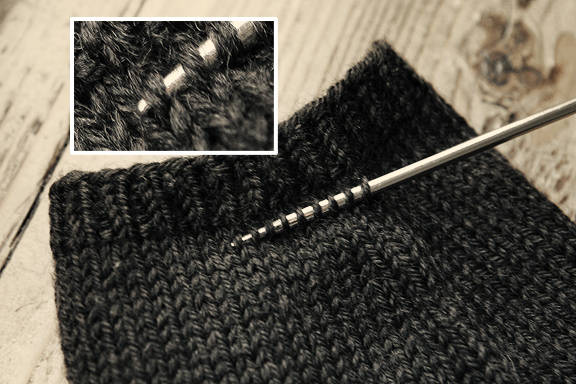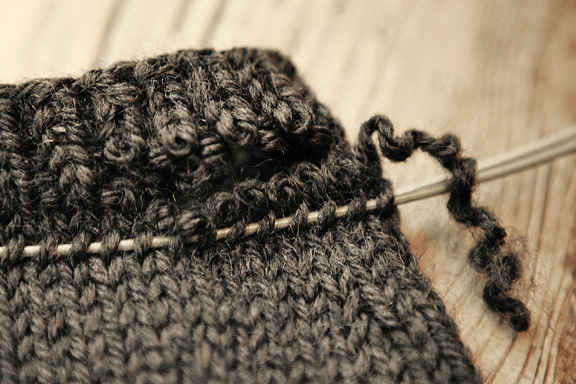This time of year is one of my most very favorite. Yes, there is some really nice 70-ish weather going on in Portland, but there’s something else tickling the knitting fancy here at Studio Chic.
I’m back to sock knitting!
Like I’ve told anyone who’ll listen, if I had my druthers, I’d just knit socks all the live long day.
Yes, plain stockinette socks, the ones where the rounds just repeat over and over and over…
They are my mind candy, my yarn happy-hour cocktail, my oasis…
After a beautiful trip teaching at the Cordova Gansey Project in Alaska the last part of June, I came home to a little calm-before-the-storm time frame between design deadlines.
I brought home with me a sock I started using yarn from the Net Loft, in the Salmon colorway. It was my lovely perfect companion while I was so near the Copper River there, where the wild salmon spawn, and it is now my reminder of how much I love that area and its people.
This happiness of knitting on the road re-started my love affair with The Sock and I couldn’t wait to go, where else: stash diving! when I got home to Portland.
During last few months, I’ve winnowed out and organized my yarns and I’d put my nice (and seriously large) collection of Sock Yarns into their own space.
So I started digging and gathering and herding up all the orphan one-ups I’d had started and abandoned and was pleasantly surprised to find some finished ones:

from l. to r.: my Salmon sock-in-progress, a finished prototype, a regular loved pair
Not so pleasantly surprised to find: not all the socks were the same size!
Since I haven’t been knitting socks for awhile I forgot something I wrote about in 2003:
• Not all same circumference needle sizes between manufacturers are consistent
• Not all sock yarns are created equal – even though they may be marked as “fingering” weight.
This invigorated me (instead of annoying me like it had done long ago – ahhh – maturity).
SO, now that I had a bee in my bonnet, I put together a pile of yarn I was most interested in using in the near future and did what any self-respecting geek would do: I made a DATABASE.

This lovely table includes all the weight and yardage information about the selected skeins (some of which were wound in two or more balls and completely off the grid) and something I hadn’t paid attention to before, yardage per gram and weight of one finished sock.
Doing this enables me to determine the proper needle size and cast-on stitch count I need to get a properly proportioned sock. I especially like keeping track of the weight of a single sock, for reference now that I have a nice little Escali scale.
All my socks should all be the same size, yes?
Now I can “knit on in confidence” knowing my knitting is going to produce the right results.
Priceless…

>>>> this recently kitchenered sock was started in 2007 and kitchenered July 8, 2016. Two more socks are ready to be grafted which requires fueling with miniature peanut butter cups, but of course…










